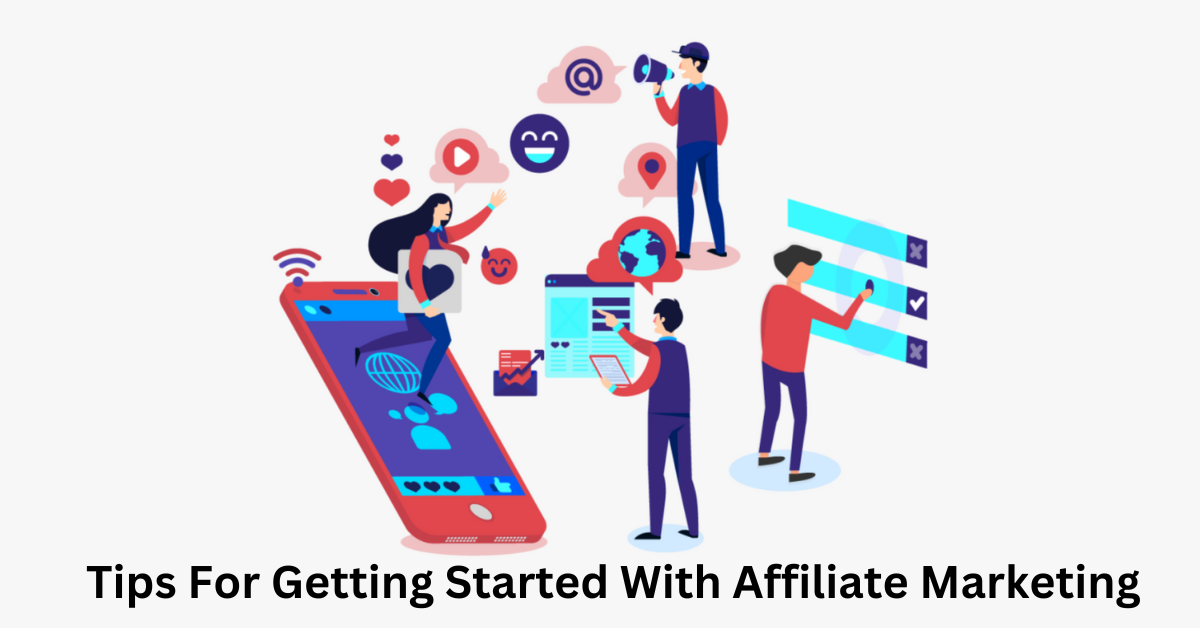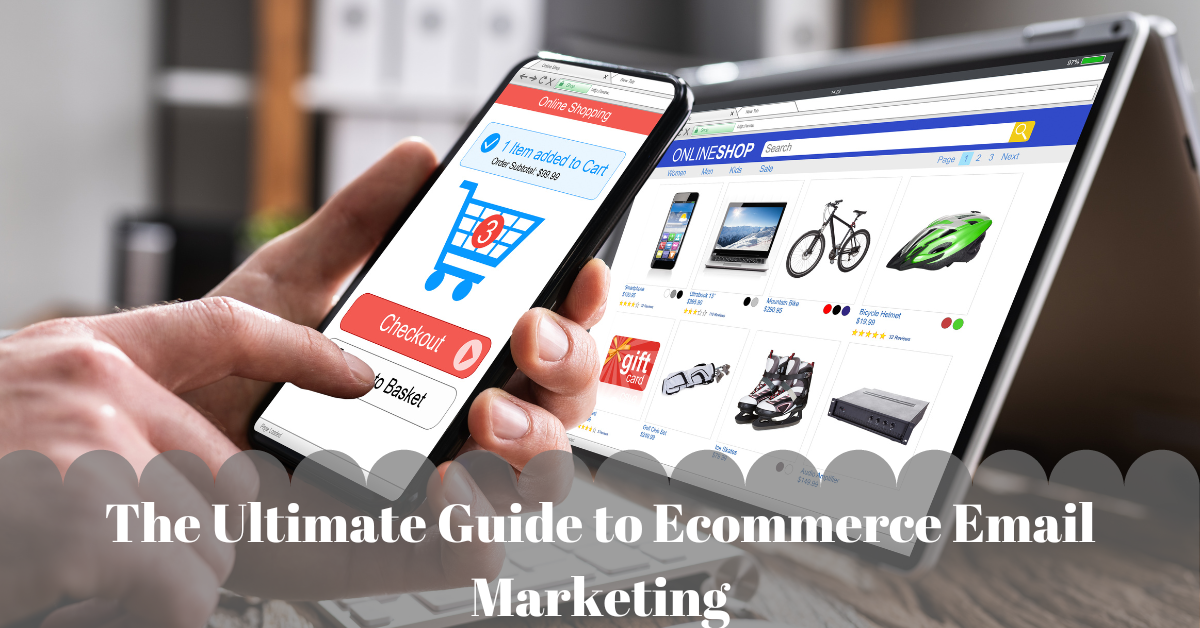E-commerce has become a vital aspect of our daily lives in the modern world. Due to the widespread use of the internet, an increasing number of businesses are embracing e-commerce to market their products and services. E-commerce business models have transformed the way we purchase and sell goods and services. It is crucial for businesses to grasp the different types of e-commerce business models to determine the most suitable model for their products or services.
Here are top 8 Types Of ECommerce Business Models:
- Business-to-business (B2B)
- Business-to-consumer (B2C)
- Consumer-to-business (C2B)
- Consumer-to-consumer (C2C)
- Government-to-business (G2B)
- Business-to-government (B2G)
- Government-to-Citizen (G2C)
- Consumer-to-Government (C2G)
1. Business-to-business (B2B)
Business-to-business (B2B) is a type of e-commerce business model where transactions occur between businesses. In B2B, a company sells products or services to another company, rather than to individual consumers. B2B e-commerce has become increasingly popular in recent years due to the numerous benefits it offers. B2B e-commerce pertains to the exchange of products or services between two or more businesses. The business types involved in B2B transactions can be a manufacturer selling to a distributor or a distributor selling to a retailer. In certain situations, B2B transactions can be automated through electronic data interchange (EDI).
2. Business-to-consumer (B2C)
The most prevalent form of e-commerce involves businesses selling their products or services to individual consumers through an online store, and is referred to as B2C. B2C businesses may either be a solitary seller or a marketplace that serves as an intermediary between multiple sellers and buyers.One significant advantage of B2C e-commerce is that it can offer consumers a more extensive range of products or services. Online stores can stock a wider variety of products than brick-and-mortar stores, and consumers can purchase items from the comfort of their own homes. B2C e-commerce can also provide consumers with more detailed product information, including customer reviews, ratings, and specifications.
3. Consumer-to-business (C2B)
C2B e-commerce involves consumers selling their products or services directly to businesses. As an example, freelance writers or photographers may offer their services to businesses that require content or images for their marketing materials. Consumer-to-business (C2B) is a type of e-commerce business model where transactions occur between individual consumers and businesses. In C2B, consumers sell products or services directly to businesses or corporations, rather than the other way around. C2B e-commerce has become increasingly popular in recent years, especially in the gig economy.

4. Consumer-to-consumer (C2C)
C2C e-commerce can also provide a sense of community and social interaction. Online marketplaces and peer-to-peer platforms can facilitate communication between buyers and sellers, allowing individuals to build relationships and trust. This can lead to repeat business and a more personalized shopping experience. C2C e-commerce is characterized by individuals selling their products or services directly to other individuals through online marketplaces. These platforms serve as a virtual marketplace where buyers and sellers can interact and conduct transactions.
5. Government-to-business (G2B)
G2B e-commerce can be in various forms like online procurement portals, electronic tendering systems, or tax and business registration services, enabling efficient interaction between businesses and government entities, leading to time and administrative cost savings. A significant advantage of G2B e-commerce is the improved transparency and reduced corruption achieved through electronic systems that ensure recorded transactions and an audit trail to prevent fraud and promote fair treatment of all parties involved.
6. Business-to-government (B2G)
B2G e-commerce refers to the business-to-government model where businesses sell products or services to government agencies. This type of e-commerce is typically used for procurement of goods and services by government entities. One key advantage of B2G e-commerce is the potential to enhance the quality of goods and services purchased by government agencies. With the help of online platforms, government entities can access a larger pool of suppliers, making it easier to locate the best products and services at the most competitive prices. This can result in cost savings for the government and superior quality goods and services for citizens.

7. Government-to-Citizen (G2C)
G2C e-commerce refers to the delivery of government services and information to citizens through digital channels. This type of e-commerce includes various services like tax payment, bill payment, license and permit applications, and other public services. With G2C e-commerce, citizens can access government services and information securely and conveniently from their homes, offices, or mobile devices.
G2C e-commerce provides several advantages, including enhanced efficiency and reduced administrative costs for government agencies, as well as increased transparency and accessibility for citizens.
8. Consumer-to-Government (C2G)
C2G e-commerce can help to promote transparency, accountability, and citizen engagement in government processes, making it an important tool for modern democracies. Another benefit of C2G e-commerce is that it can improve the efficiency and effectiveness of government operations. By using digital channels, government agencies can collect and process information more quickly and accurately, reducing the administrative burden on staff and improving the overall quality of government services.
Conclusion
The world of e-commerce has revolutionized the way we buy and sell products and services. There are several types of e-commerce business models, each with its unique advantages and disadvantages. Business-to-business (B2B), business-to-consumer (B2C), consumer-to-business (C2B), consumer-to-consumer (C2C), government-to-business (G2B), government-to-consumer (G2C), and consumer-to-government (C2G) are the most common types of e-commerce business models. Businesses that understand the different types of e-commerce business models and their characteristics can choose the right model for their products or services. By selecting the appropriate e-commerce business model, businesses can enhance their online presence, reach more customers, and increase their revenue.





